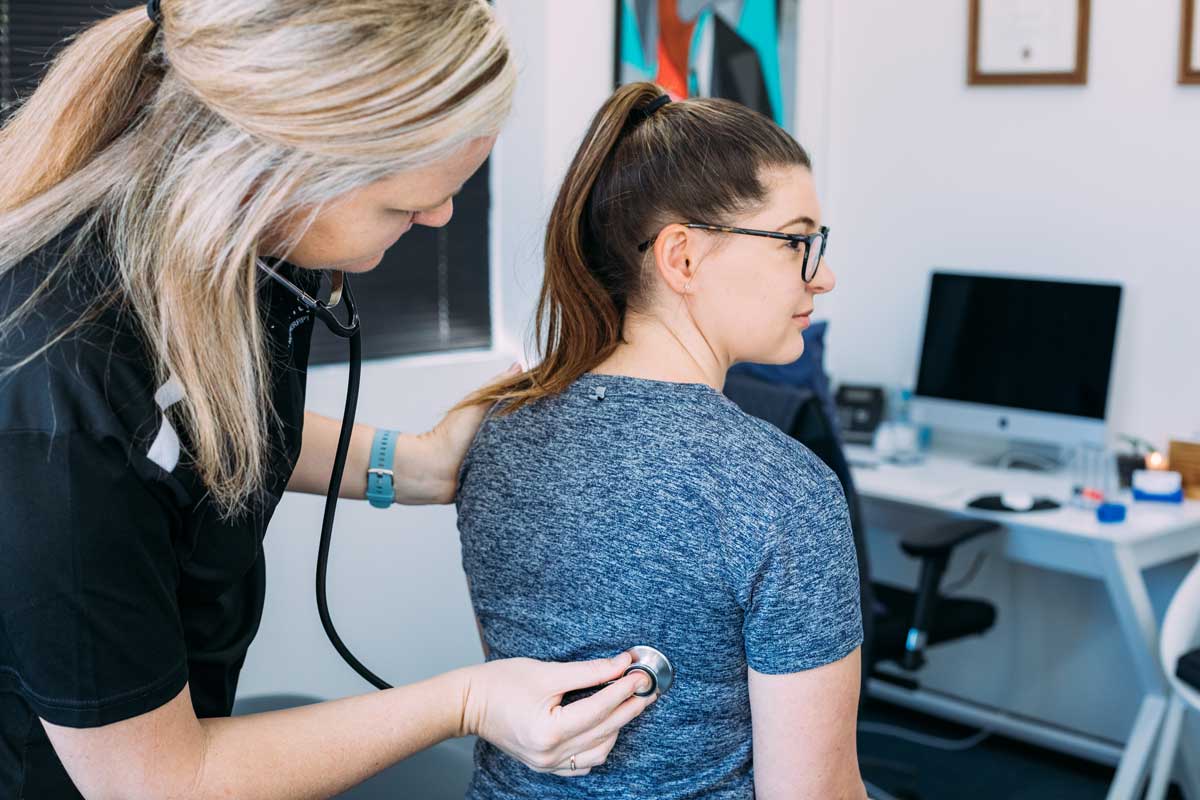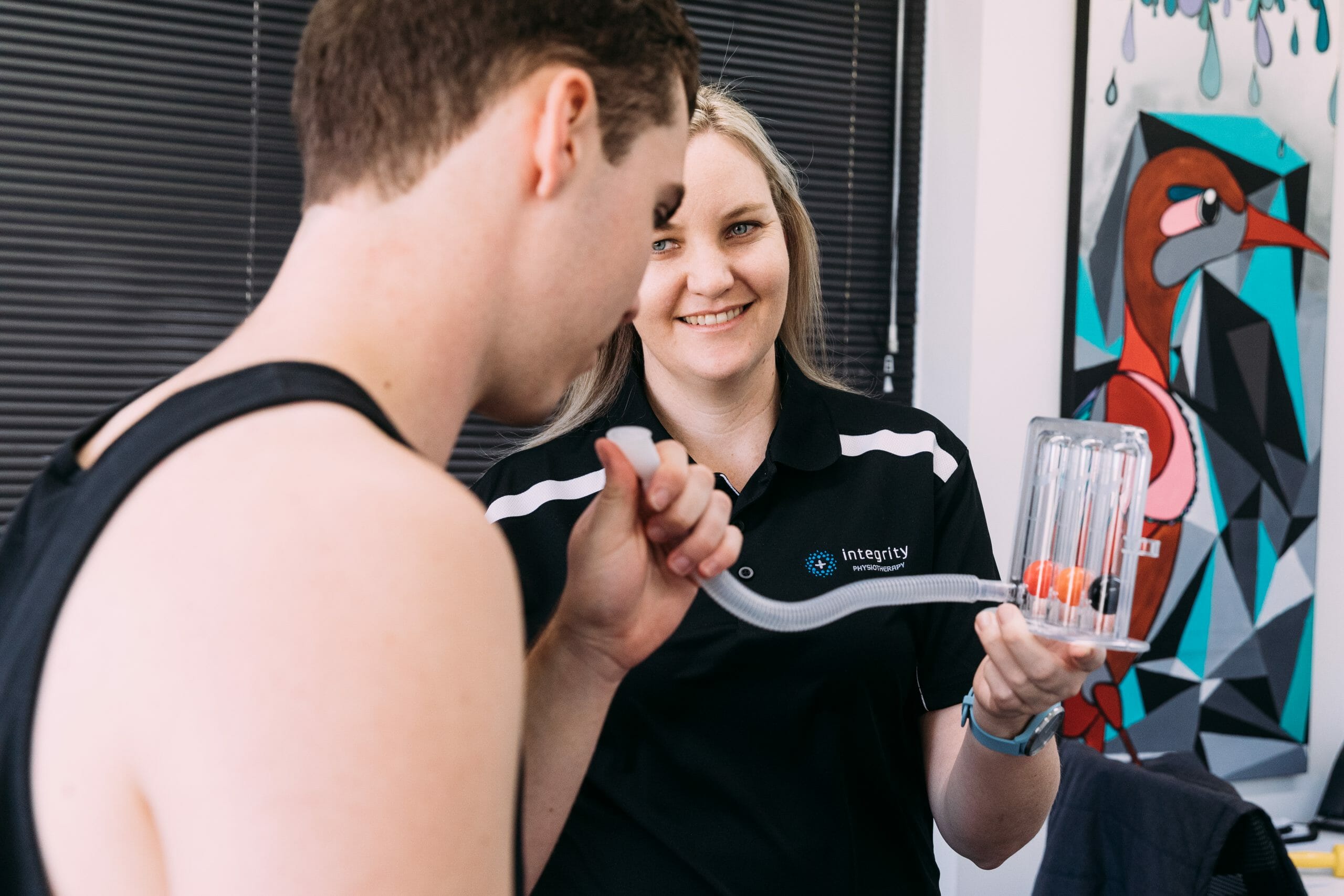
Respiratory physiotherapy enhances the overall functioning of the respiratory system through education, airway clearance techniques and exercises aimed to reduce the effort required to restore normal lung function. This is especially significant in the presence of disorders that compromise the lungs.
Conditions which may benefit from respiratory physiotherapy include:
- Asthma
- Pneumonia
- Emphysema
- Chronic bronchitis
- Chronic Obstructive Pulmonary Disease, COPD
- Abdominal surgery
- Lung surgery
- Thoracic trauma
- Cystic Fibrosis

Pulmonary physiotherapy can benefit the elderly or those who have a compromised immune system. Physiotherapy treatment can help prevent symptoms deteriorating, avoiding a hospital admission. Chest physio can be very useful in conditions such as cystic fibrosis, pneumonia and bronchitis as it assists with the clearing of sputum (secretions) from the lungs.
A trained physiotherapist will assist to improve lung function through a variety of techniques. Depending on the condition, some of these techniques may include; percussion, vibrations, breathing exercises, learning to expand less active sections of the lungs, nasal breathing, diaphragmatic breathing and relaxed breathing exercises.
Chest physiotherapy may be necessary in certain serious conditions, and your doctor might refer you to a respiratory physiotherapist. As physiotherapists are first line practitioners, skilled in assessment and diagnosis, a doctor’s referral is not essential prior to your first appointment. As such, you may choose to see a respiratory physio directly and they can liaise with your GP following your initial assessment.

How Pulmonary Physiotherapy Can Help
Chest physiotherapy can help both acute and chronic respiratory conditions in many ways. It is often used as an adjunct to medical management if required.
Pulmonary physiotherapy can assist by:
- Slowing breathing rate and effort
- Clearing excess secretions, sputum, from the lungs
- Helping to expand lung volume
- Increasing oxygenation of the blood stream
- Reducing wheezing and shortness of breath
- Improving pulmonary fitness and therefore exercise endurance
Learn More about Respiratory Physiotherapy Techniques
Physiotherapy incorporates a variety of techniques and strategies which aim to improve ventilation, increase lung function, reduce the workload of breathing and provide relief from breathing difficulties. It can also play an important role in the management and treatment of acute and chronic respiratory disease, improving your quality of life.

